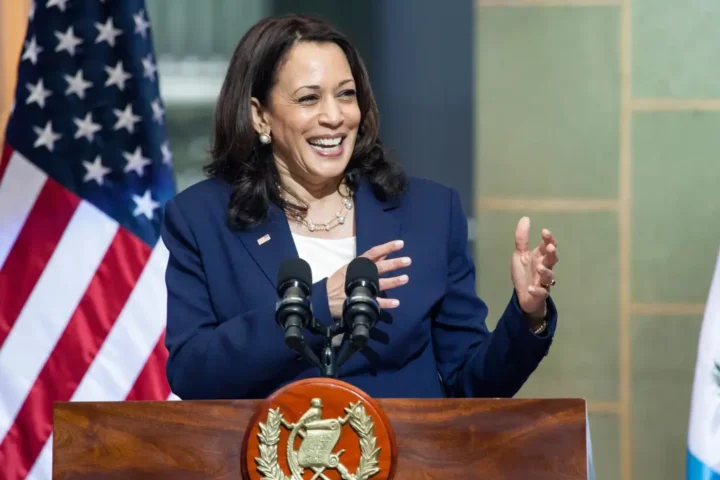People rallied against the government’s so-called ‘anti-speech’ law. Hundreds of thousands of people rallied outside Wellington’s parliament on Tuesday, in defiance of the government’s new law banning public protest, which its critics state erodes Māori rights and the country’s liberal principles.
The protest was part of the Hīkoi mō te Tiriti and involved demonstrations through the length of the North Island for nine days, ending with one of the largest protests in the nation for a generation.
Table of Contents
Protest Māori rights bill for Māori sovereignty
A peaceful protest march called Hīkoi mō te Tiriti in Māori tradition took root from the northernmost area of New Zealand, and strength progressed the farther south. When it arrived in Wellington, the police predicted that about 42000 people were going to join, and that was monumental in a country of five million.
They carried flags and banners and sang repeatedly as they put their acts around the streets, near the parliament. As you can see, quite a number of participants dressed in traditional Māori attire as a way of passing that message. I have been able to talk to some of the marchers as follows: Tukukino Royal, a marcher today, is about kotahitanga. The people present here wanted to assert their rights to be Indigenous and to have their say on certain matters.
Protesters also rallied outside New Zealand parliament, the so-called Beehive, in response to the Treaty Principles Bill, which most feel endangers the Treaty of Waitangi, the founding document of New Zealand signed between indigenous Māori people and British colonizers in 1840.
The Treaty of Waitangi is one of the critical historical and policy aspects of the New Zealand state. The treaty was signed by seeking to squeeze representatives of the British Crown and over 500 Māori chiefs with the aim of determining certain partnership principles and the rights of Māoris and their sovereignty.
However, there are two copies of the treaty an English one and a Māori one but both have different interpretations. The disparity has raised generations of issues over meaning and use.
Because New Zealand does not have a written constitution, the Treaty of Waitangi has provided the most important legal framework in the development of the laws and policies, especially concerning Mäori and suffrage. Government and the judiciary have referred to the treaty to inform policies in social justice and co-governance for the last 40 years.
What Is the Treaty Principles Bill?
The Treaty Principles Bill that has made its appearance in the New Zealand political arena is the cause for debate and dispute; it forms the focus of the ACT New Zealand Party leader, David Seymour.
- Supporters’ Viewpoint: Seymour says the bill is to encapsulate the principles of the Treaty of Waitangi and the enactments of the same for all citizens rather than the highly debunked thought that Māori have exclusive rights in New Zealand. They expect this will resolve issues to do with perceived relativity of the treaty so as to present an acceptable and fair legal position.
- Critics’ Concerns: Critics say the bill’s intent is to reduce Māori rights as per the treaty’s purpose of safeguarding Māori claims and sovereignty. They regard it as a contradiction of the forward-looking efforts that have been taken to correct past wrongs.
The sentiments from most political parties have been against the bill, and as such, the bill is not likely to be passed. However, its introduction has provoked the discussions on Indigenous rights and the administration issue again in New Zealand.n has reignited long-standing debates about Indigenous rights and governance in New Zealand.
Related Read
Who is Hana-Rawhiti Maipi-Clarke? The Maori MP Making Waves in New Zealand Parliament
Scenes From Wellington
The demonstration in protest found its crescendo on Tuesday in front of the parliament. They demanded the government out and sang and danced in the Māori haka while holding banners that said ‘Protect Te Tiriti,’ and ‘Kill the Bill’.
When MP David Seymour recently briefly left parliament, protesters chanted, “Kill the bill!”
Hīkoi leader Eru Kapa-Kingi addressed the crowd, saying, “Māori nation has been born today. Te Tiriti is forever. We stand together for our rights and for future generations.”

Why This Matters
The Treaty Principles Bill represents more than just a legal debate. it strikes at the heart of Māori identity and New Zealand’s national values. For many Māori and their supporters, the bill threatens decades of progress toward equality and recognition of their cultural heritage.
While the legislation is unlikely to move forward, its introduction under New Zealand’s most right-wing government in years highlights a shifting political landscape. Activists worry that attempts to reinterpret the treaty could unravel the trust and cooperation built between Māori and the Crown over the past four decades.
Looking Ahead
The hīkoi symbolizes the strength and spirit of New Zealand’s indigenous people. Māori leaders and activists have committed to continue the campaign, stating that any amendments to the Treaty of Waitangi must maintain Māori sovereignty.
Even if the government decides to put the Treaty Principles Bill on hold, the protest illustrates that Māori must remain central to any political decision that affects them.
As New Zealand navigates this complex chapter, the spirit of kotahitanga (unity) displayed during the hīkoi offers hope for a path forward rooted in mutual respect and understanding.














[…] […]